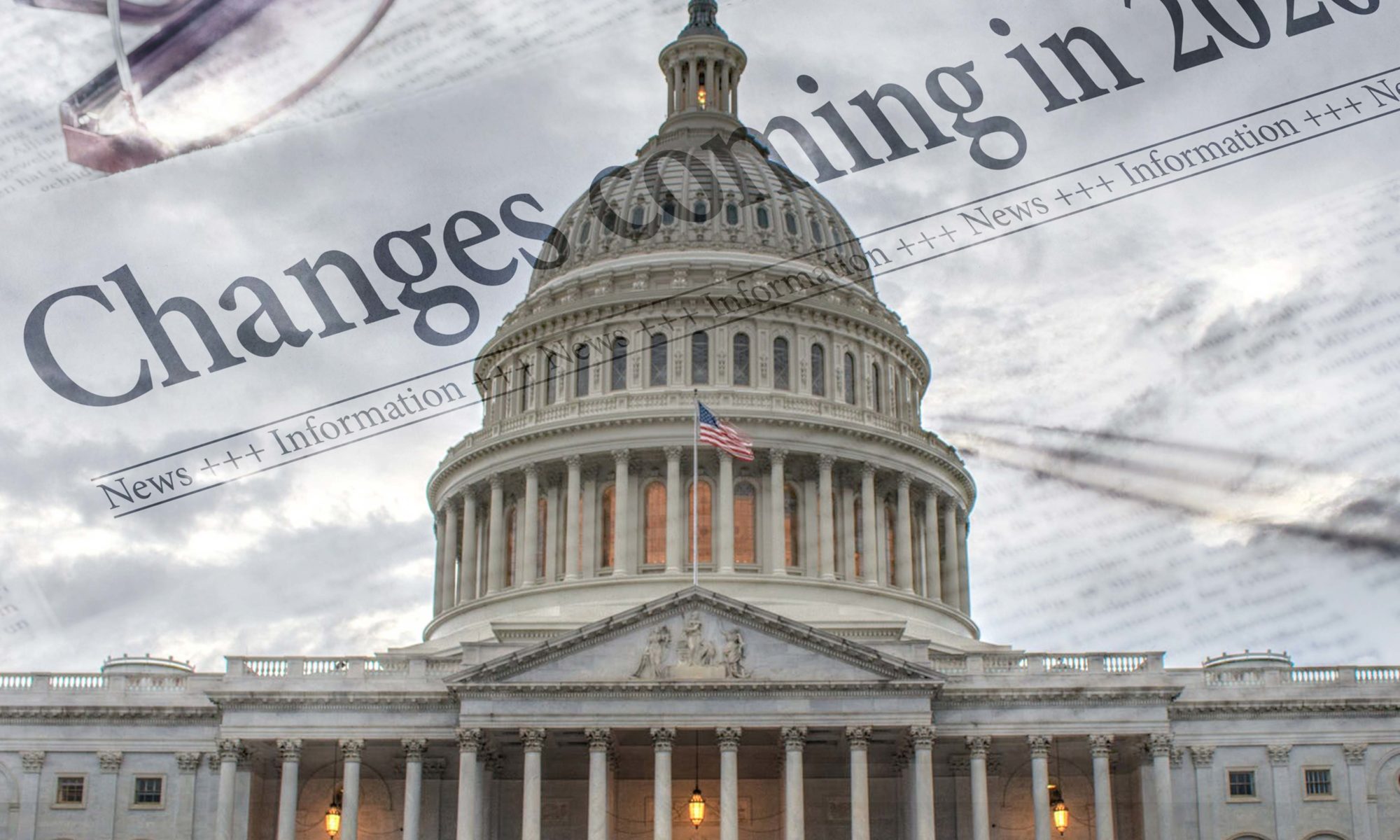The SECURE Act, passed as part of Further Consolidated Appropriations Act late last year, increased the age for required minimum distributions (RMDs) from age 70 ½ to age 72. The new rule applies to RMDs required to be made after December 31, 2019 for individuals who attain age 70 ½ after that date.
Under the old rules, RMDs were required to begin no later than April 1st following the later of the calendar in which the participant attained age 70 ½ or retired. RMDs must have commenced, however, for “5-percent” owners no later than April 1st following the calendar year in which the participant attained age 70 ½ even if the owner was still working. Under the new rules, the age requirement was increased to 72 without making changes to the other requirements.
If a participant turned 70 ½ in 2019, do they still have to take their 2019 RMD by April 1, 2020?
Yes. As mentioned above, the new rules only apply to individuals who attain age 70 ½ after December 31, 2019. The old rules continue to apply to any individuals who were 70 ½ on or before that date. This also means that if RMDs have commenced, they cannot be suspended until the participant attains age 72.
Does the plan have to be amended before using the new rules?
No. A plan can implement the new rules operationally before adopting the amendment. Currently, the deadline for adopting the required amendment is December 31, 2022 for calendar year plans.
Do the same rules apply to IRAs?
Not exactly. Under the old rules, the requirement for IRAs was that RMDs must have commenced no later than April 1st of the calendar year following the calendar year in which the individual IRA owner attained age 70 ½ . There was (and is) no exception based on whether the individual was actively employed. Under the new rules, the age was increased to 72 for individuals who attain age 70 ½ after December 31, 2019.
Were there other changes made with respect to IRAs?
Yes. Previously, individuals could not make deductible contributions to traditional IRAs if they were age 70 ½ or older. The new law removed this restriction entirely, rather than increasing the age to 72. As a result, for taxable years beginning after December 31, 2019, there is no longer an age restriction for making deductible IRA contributions.
Were there changes made to death benefits payable to beneficiaries?
Yes. Generally, the life-time distribution option (often referred to as a “stretch IRA”) was eliminated for beneficiaries who are not considered to be “eligible designated beneficiaries”. Death benefits to these beneficiaries generally must be paid the end of the 10th calendar year following the year the participant or IRA owner died.
For this purpose, “eligible designated beneficiaries” include the decedent’s spouse, minor children, disabled or chronically ill individuals, and other beneficiaries who are less than 10 years younger than the deceased participant or IRA owner.
Note: The new rules only apply if the participant (or IRA owner) dies after December 31, 2019.
How can I learn more about these rules?
The rules regarding RMDs are quite complex, and the consequences of failing to issue RMDs in a timely manner are severe. Please contact your EJReynolds Consultant to learn more about these rules.


